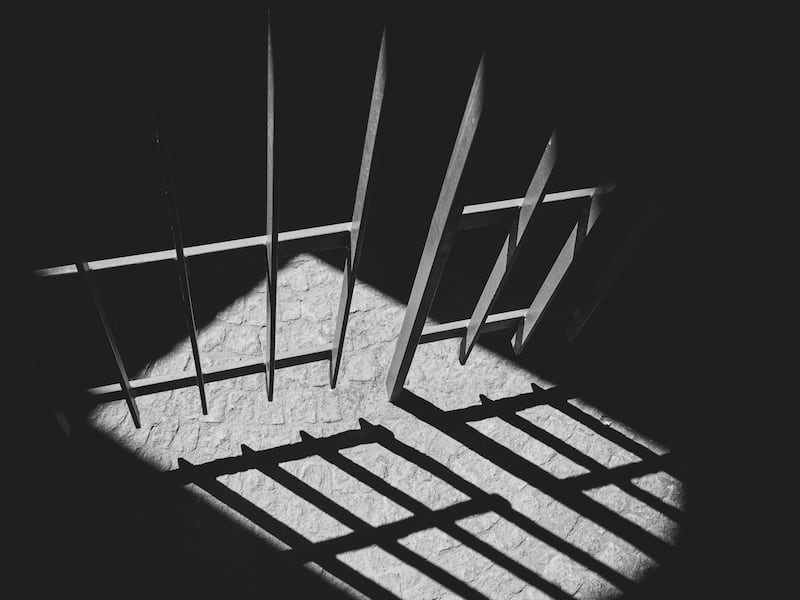The Eighth Amendment to the U.S. Constitution bars “cruel and unusual punishment.” Unfortunately, various states across the nation are stumbling headlong into endorsing “cruel and unusual punishment” for a certain subset of prisoners.
Since the 18th century, the definition of this type of penalty has been gradually filled in by several important Supreme Court cases, suggesting, for example, that the punishment cannot be disproportionate to the crime, that juveniles should not be sentenced to life imprisonment without parole, that beatings and torture-like treatment by prison guards are barred under this provision.
One specific case, Estelle v. Gamble, is noteworthy in that it suggests that actual attacks by guards are not all there is to defining what cruel and unusual means in the prison setting. In the opinion, written by Justice Thurgood Marshall in 1976, it is noted that “concepts of dignity, civilized standards, humanity, and decency” must be used in evaluating penal measures, and “the unnecessary and wanton infliction of pain” would therefore fall under the umbrella of cruel and unusual punishment.
Recently, though, states such as California, New Jersey and Illinois have begun to follow the examples of Canada and the U.K. in transferring male-bodied prisoners into women’s prisons on the basis of gender identity claims. While “sex” and “gender identity” are often and regrettably conflated, let us clarify that “sex” refers to material biology whereas “gender identity” refers to an individual’s interpretation of what their biological sex means to them.
So some prisoners are being assigned to certain prisons not on the basis of sex, but on the basis of how they view their gender. No medical certificate, no sexual reassignment surgery, no cross-sex hormones are necessary for such placement. Indeed, to make matters worse, the crimes committed by males asserting transgender identity can be counted in the official statistics as crimes committed by females in some locales.
Public polling finds an overwhelming majority of American voters — 77% — do not want to see male-bodied persons housed in women’s prisons. While no females have been placed in male prisons, sizable numbers of males have applied to be placed (and some have in fact been placed) in female prisons. In California to date, 291 requests have been made. Of those, 41 have been granted, six have been denied, 10 have changed their minds, and the remainder are pending.
And yes, these transfers are a problem for women. Women prisoners have been raped by male-bodied persons placed in women’s prisons. Some women prisoners who have been previous victims of rape, violence and abuse at the hands of men are deeply traumatized by having to share living quarters, including showers, with male-bodied persons. Condoms are being distributed in California women’s prisons for the very first time.
Given that there are international standards promulgated by the United Nations on the treatment of prisoners that explicitly state that men and women must be segregated in prison (Rule 11, D, UNODC) — with further elaboration in the Bangkok Rules of 2010, not to mention the Geneva Convention itself mandating sex segregation (Article 25) — this was a lawsuit waiting to happen.
And now it has happened. On Nov. 17, the Women’s Liberation Front filed suit against the state of California asserting that SB132, the state law that allows these transfers, is unconstitutional because it amounts to cruel and unusual punishment, with at least one of the plaintiffs in the case having been sexually assaulted. Greg Burt of the California Family Council said, “Everything we warned legislators about SB132 is coming true. Women inmates are being assaulted and sexually harassed. Women inmates are being traumatized over violations of their privacy. Fear and dread now occupy the minds of every California female inmate. ... We fully support WOLF’s lawsuit against the state and we hope the court system rectifies this horrific injustice.”
The state of Utah should take heed. Utah should anticipate lawsuits no matter which way the state turns on the issue of housing male-bodied inmates with women prisoners. The new state prison is currently under construction, and it has not been made plain if third-space units separate from men’s and women’s dormitories are planned for that facility.
They should be, in case the court system rules in favor of women prisoners’ right to be free from cruel and unusual punishment. They should be, in case the Utah State Legislature wishes to enshrine in state law the rights of women prisoners under the Geneva Convention. The state has a window of opportunity to protect itself from lawsuits and to provide all prisoners freedom from cruel and unusual punishment, and Utah should take full advantage of this moment.


